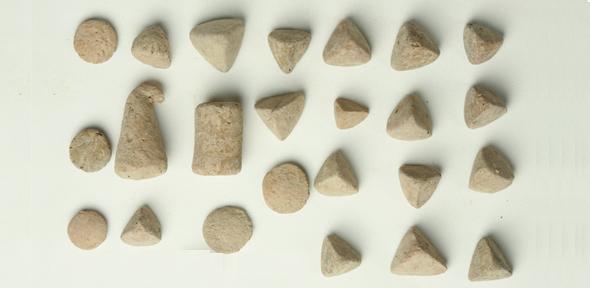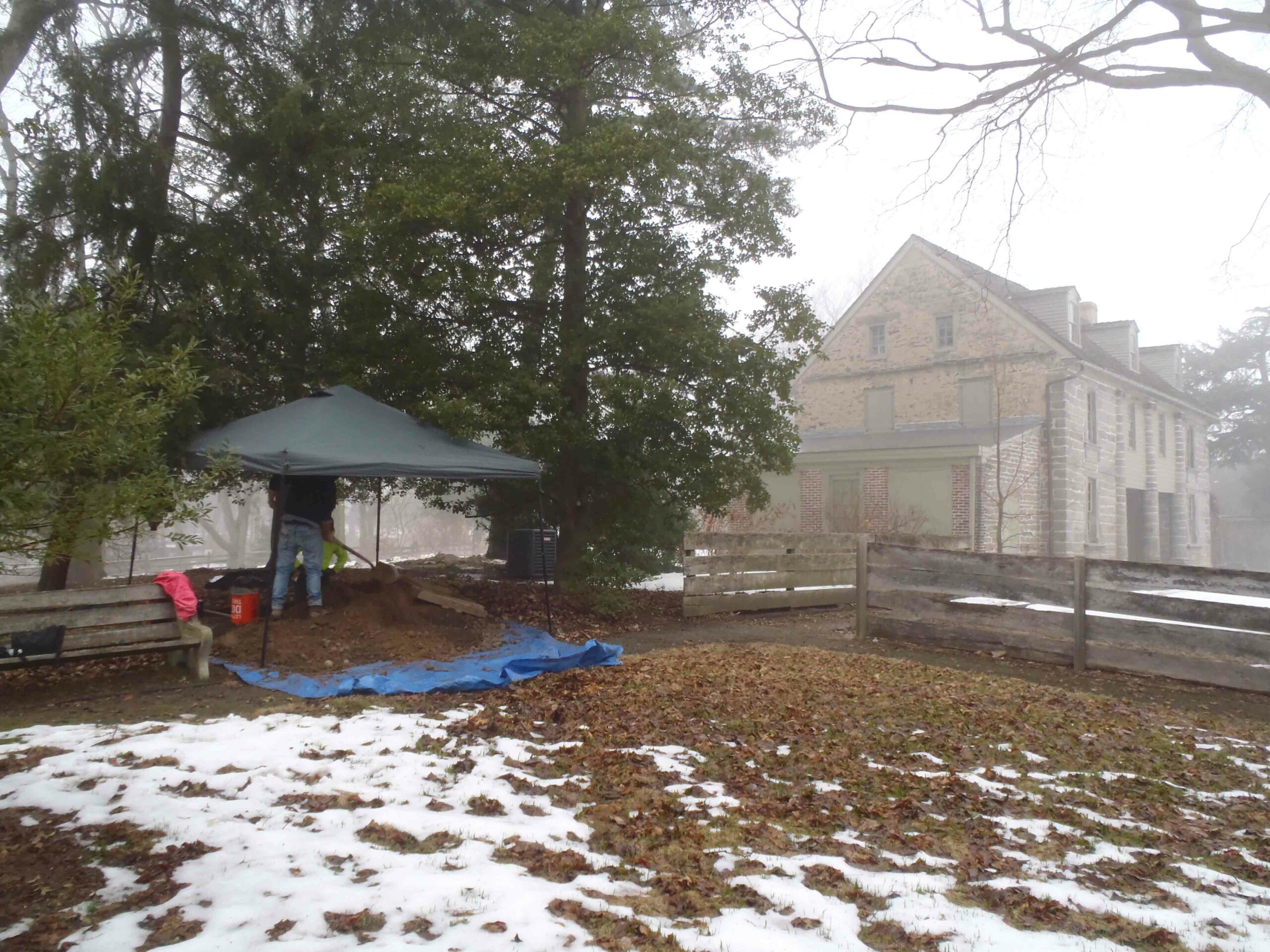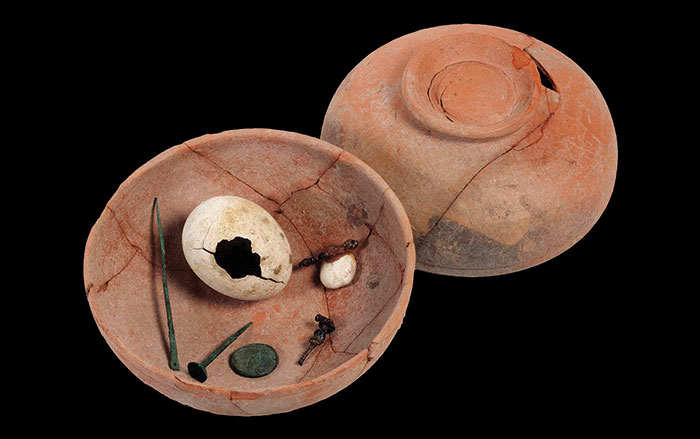
CAMBRIDGE, ENGLAND—Excavations in southeastern Turkey, in the lower town of Tušhan, a provincial capital of the Neo-Assyrian Empire, have uncovered hundreds of clay tokens dating to the first millennium B.C. It had been thought that record-keeping with such tokens had been replaced with cuneiform two thousand years earlier, but these tokens were found in two rooms that may have served as a delivery area in an administrative building. “We think one of two things happened here. You either have information about livestock coming through here, or flocks of animals themselves. Each farmer or herder would have a bag with tokens to represent their flock,” John MacGinnis of the MacDonald Institute for Archaeological Research at the University of Cambridge told Science Daily. The information collected with the tokens would have been recorded onto cuneiform tablets somewhere else. “The tokens provided a system of moveable numbers that allowed for stock to be moved and accounts to be modified and updated without committing to writing; a system that doesn’t require everyone involved to be literate,” he explained. MacGinnis hopes that the codes of the token system will one day be fully understood.










